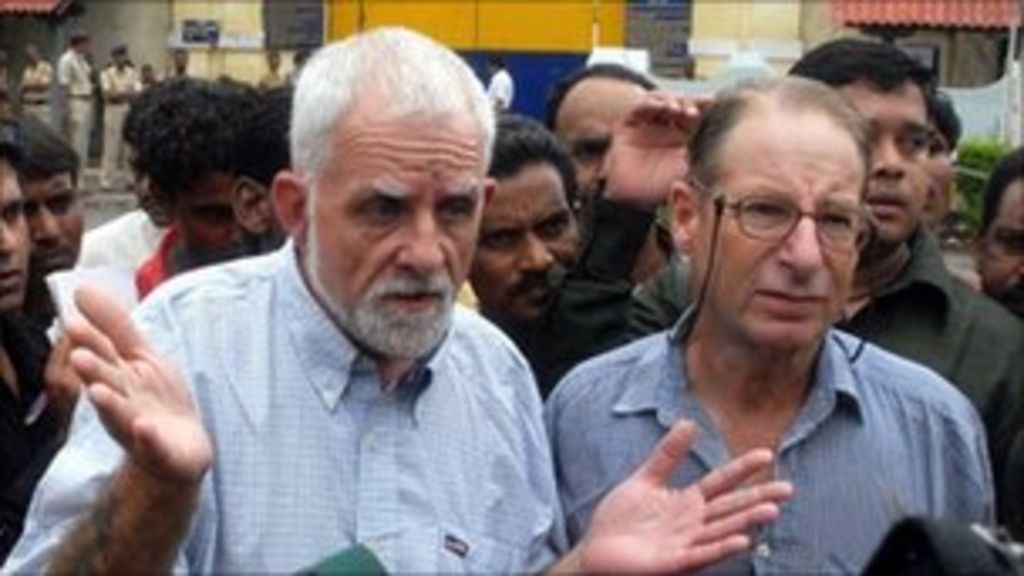Intriguingly, among all offences, it’s the crime of rape that fires public sentiment the most, eliciting an outrage that exceeds the seemingly worst felony of all – murder, too. And, if that crime is perpetrated against a child, nothing can be graver.
Child rights, in India more than elsewhere, is unique in that the treatment of children and social perception is different from that of other nations. With consent completely being out of question when it comes to the age of the child, offences are made out often even when there’s no complaint, but solely on the premise and persistence of an angry father, or a trigger-happy law enforcer.
Public perception plays a vital role
Perception plays a huge role in society and, concurrently, with a hugely subjective section of the media playing up offences and associated gory details, they get replayed ruthlessly in public memory, with continual mention and recall that compound its severity. It’s this outrage that offsets any chance of the very objectivity needed to tackle the issue. The Kathua crime followed by a swift ordinance on child rape and a law on the same, is a case in point.
The fulfilment of retribution, a vital outcome of legal punishment, is at the core of the populist support for death as a sentence. The national outcry for death for rapists was first initiated in the recent past following the December 2012 gang rape in Delhi. This was followed by the Justice Verma committee constituted in its aftermath to recommend legal reforms to curb sexual assault crimes. Incidentally, in its report, the committee said the introduction of death penalty for rape “may not have a deterrent effect”, and recommended enhanced sentence of jail for the remainder of life.
And, that led to the Criminal Law (Amendment) Act in which the very definition of rape was expanded to include various acts in addition to vaginal penetration, and a new Section 376 (A), which states that if a person committing the offence of sexual assault, “inflicts an injury which causes the death of the person or causes the person to be in a persistent vegetative state, (that person) shall be punished with rigorous imprisonment for a term which shall not be less than twenty years, but which may extend to imprisonment for life, which shall mean the remainder of that person’s natural life, or with death.” Death was included as a punishment for rape for the first time in India’s penal history, although only when the act caused the victim’s death, or caused the victim to be in ‘a persistent vegetative state’.
Also, in the case of “gang rape”, persons involved regardless of their gender shall be punished with rigorous imprisonment for a term which shall not be less than twenty years, but may extend to life and shall pay compensation to the victim which shall be reasonable to meet the medical expenses and rehabilitation of the victim. That ‘regardless of their gender’ insertion to the section was initiated to include women perpetrators involved in rape by dint of their support, connivance, or abetment to the act of rape.
However, highly-progressive suggestions recommended by the committee that included reduction of age of consent, a section on marital rape and amendments in the Armed Forces (Special Powers) Act so no sanction is needed to prosecute an armed force personnel accused of a crime against a woman, were disregarded by the government while framing the Criminal Law (Amendment) Ordinance, 2013. This was a given, considering the executive action though democratic in letter, is often populist in spirit.
Cut to Kathua, five years later in 2018, when following the abduction, rape and murder of an eight-year-old girl near this town in Jammu and Kashmir in January, the opposition and the media made another national outcry for death – this time around for the rapists of the girl child – flaying the state and the legal machinery for failing to protect the girl child. On April 21, the union cabinet approved a criminal law amendment ordinance seeking to amend the IPC, the Evidence Act, CrPC and the POCSO Act. The Criminal Law (Amendment) Ordinance provides for stringent punishment of a jail term of minimum 20 years or life imprisonment or death for rape of a girl under 12 years. Amendments to the Indian Penal Code, the Criminal Procedure Code, the Protection of Children from Sexual Offences (POCSO) Act and the Indian Evidence Act were made to underline the same. The President the very next day gave his assent to the ordinance, which has now become law, albeit temporary.
Accordingly, the minimum punishment for rape has been increased from seven years to ten years; the maximum punishment remains the same – life imprisonment. A new clause (3) has been added to Section 376 prescribing the minimum punishment of 20 years to a person committing rape on a woman under 16 years of age, and a new Section 376AB has been inserted which prescribes the minimum punishment of 20 years rigorous imprisonment to a person committing rape on a woman less than 12 years of age. Such a person can be awarded capital sentence as well. Sections 376DA and 376DB provide minimum punishment of life imprisonment for persons involved in gang rape of woman aged less than 16 years and 12 years, respectively.
A kneejerk reaction, and a bias
The ordinance, once again a kneejerk reaction from the executive, provided a half-baked solution, but risks being overwhelmed this time, for being bad in law. It was in direct violation of Articles 14 and 16 of the Indian Constitution that guarantees equality before law. According to Article 14, the state shall not deny to any person equality before the law or the equal protection of the laws within the territory of India. It also prohibits discrimination on grounds of religion, race, caste, sex or place of birth. The ordinance, now with force of temporary law, discriminates between a male child and a female child. All the amendments pertain to the girl child only, thus are violative of the right to equality and can be questioned for their constitutionality.
So, the Union Women and Child Development ministry, less than a week after the ordinance was promulgated, was all set to move the cabinet seeking approval for the same punishment for those guilty of sexually abusing young boys of the same age. While POCSO was gender neutral, the amended Section 376 mentions the word “woman”, meaning that those guilty of raping boys below the age of 12 years old would not be subject to the death penalty provision. It has created an anomaly where the same crime committed against a girl and a boy is treated differently, and contradicts the spirit of a gender-neutral POCSO.
A proposal to amend Sections 4, 5 and 6 of the POCSO Act, which will make rape committed against “any child” below 12 punishable with the death penalty was prepared and sent to all stakeholder ministries after which the cabinet was to be approached. At present, Sections 4, 5 and 6 deal with aggravated penetrative sexual assault on children under 18 years; currently punishable with up to 10 years in jail, extendable to life imprisonment, under the POCSO Act. The ordinance promulgated on April 22 was approved by the Parliament and made into a law. Now, till an amendment to the POCSO Act takes places and concurrently rectifies the anomaly in gender, the discrepancy will, sadly, persist.
The sexual abuse of minors at Apna Ghar, a children’s home in Rohtak, Haryana, is a case in point, where it was revealed that several minor boys were sexually abused by the accused who ran the children’s home. The trauma suffered by minor boys could in no way be considered any lesser to that suffered by girls in their place. Treating them differently makes little legal sense. It may be also pertinent to recall the case of a 13-year-old Mumbai boy who consumed rat poison to commit suicide in 2017, and made a declaration of being ‘raped’ multiple times by four men who had threatened to kill his entire family, before succumbing to multiple organ failure. His 10-year-old friend had died earlier allegedly due to ‘dehydration’, and his parents refused a post-mortem and instead buried his body swiftly. The body was exhumed but investigators felt that extracting evidence of any sexual assault would be difficult as it had decomposed badly. The rape of minor boys is a reality that is mired in secrecy owing to the stigma attached to the offence. Even families of the victims are reluctant to initiate investigations.
The differential treatment of the law is triggered by a swiftly drafted ordinance flawed with a lapse that will have to be corrected soon. Compounding the bias in the perception have been sections of an apathetic media, and a trigger-happy opposition set on coercing the present government into conceding to errors and in public domain. In the absence of motivated support for the ‘boy’ child as is the case with the ‘girl’ child in India, it will rest upon the government to set the law right. Or, someone moves the Supreme Court to examine the very constitutionality of the amendment in question.


 [/column]
[/column]